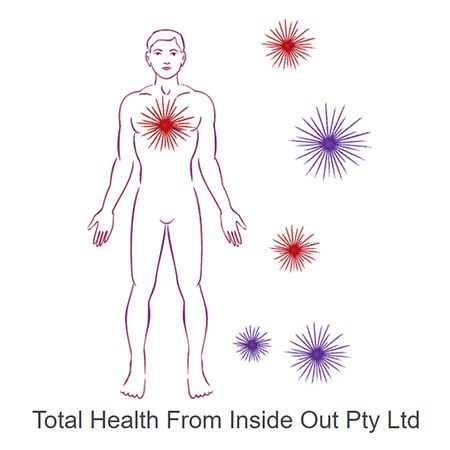
Dermatitis is most commonly defined as an inflammation of the skin. Symptoms of dermatitis include red, swollen, itchy and/or blistered skin. There are two basic types of dermatitis. Endogenous (“from within”) dermatitis is an often chronic allergic skin condition that has no apparent external cause. Exogenous dermatitis, also known as contact dermatitis has recognisable external causes.
Eczema
Most health professionals in Australia refer to endogenous types of dermatitis as eczema. The word comes from two Greek words that mean “to boil over”, so it is an appropriately descriptive name for this often long lasting and even chronic condition. It is most commonly found in infants, who outgrow it naturally as they get older. Adults with eczema often also suffer from hayfever and allergies and there is usually a family history of eczema, as well. Eczema is often confused with a type of contact (exogenous) dermatitis known as irritant contact dermatitis.
Contact Dermatitis
As the name implies, contact dermatitis is a result of contact with a substance that causes a skin reaction. Common causes of contact dermatitis include plants such as poison ivy, but less obvious allergens that may not cause reactions in others are often responsible for it, too. One of these is nickel, a metal that is commonly used in jewellery. Contact dermatitis is also caused by irritants, such as sodium laurel sulfate, which is found in most types of detergents. The degree of exposure to these irritants and allergens often determines the severity of the reaction, but this differs from individual to individual.
Irritant Contact Dermatitis
Irritant contact dermatitis is becoming an increasing problem in developed countries, where chemicals are used in so many of our products. Some forms of this, such as a reaction to the chemicals in detergents, are more common than others. Natural substances known to cause irritant contact dermatitis include citrus fruits, onions and garlic. This type of dermatitis is also an occupational hazard: nurses, mechanics, farmers, painters, cleaners, and others who come in frequent contact with irritants are more prone to the disorder than others. The reason why rashes and other skin disorders appear in this type of dermatitis is because the irritants strip the skin of sebum, which is the skin's natural lubricating oil.
Allergic Contact Dermatitis
When the skin comes in contact with a substance it identifies as an allergen, allergic contact dermatitis occurs. The cause of this type of dermatitis can be very difficult to determine, because it may be a substance that previously caused no reaction. In some cases, even trace amounts of a chemical or other allergen can cause a severe reaction. In order to pinpoint the cause, dermatologists often use "patch tests", applying small quantities of known allergens to different patches of skin and looking for allergic reactions. It may take up to several days before the allergic reaction is noticed and sometimes a series of patch tests have to be done before the cause is located. Allergic contact dermatitis seems to be more common in people who suffer from other types of allergies. In rare cases, an individual can be so hypersensitive they have to make drastic lifestyle changes.
Originally published on Mar 29, 2011








